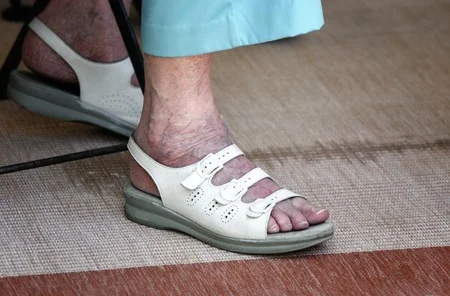6 Ways to Prevent Falls
During the month of September, we recognize Falls Prevention Day. At NY Foot Health, we want to take this opportunity to give some information about falls and how to help senior patients avoid them. The statistics regarding seniors and falls are startling. It’s estimated that every 11 seconds, an older American is treated for a fall injury in the emergency room. Falls are the leading cause of fatal and non-fatal accidents among seniors and one in four people over the age of 65 falls every year. The good news is that there is much that can be done to reduce fall risk. Below are some suggestions:
Address lower extremity pain or discomfort. When your knees, legs, ankles, or toes hurt, you are at a greater risk of losing your balance as you attempt to walk in a way that will reduce pain. Don’t put off talking to your podiatrist about foot problems. If you don’t have a foot doctor, use our online directory to find one near you.
Stay in shape. Regular exercise helps strengthen muscles and maintain flexibility in your feet. It also enables you to keep your weight down, which in turn puts less strain on your feet. Look for exercise classes that focus on improving balance.
Keep up with eye checkups. A decline in vision can be subtle, and even a slight decrease or a change in depth perception or peripheral vision can raise your risk for tripping or falling.
Inspect your home for fall hazards. Clear all pathways of cords, stacks of magazines and small, low-to-the floor furniture like footstools. Install grab bars for the toilet and in the shower. Add anti-slip strips to the floor of the tub. Install extra lighting in stairways and hallways. Get rid of throw rugs.
Review medications periodically with your doctor or pharmacist. Make sure there are no interactions that can potentially cause you to be dizzy or lightheaded.
Make sure shoes fit correctly. Get your feet professionally measured. Throw out shoes that are stretched and worn out.
Your podiatrist is your partner in preventing podiatric problems. Talk to him or her on your next visit about your fall risk and how to reduce it. To learn more about being proactive about foot health, contact us.

